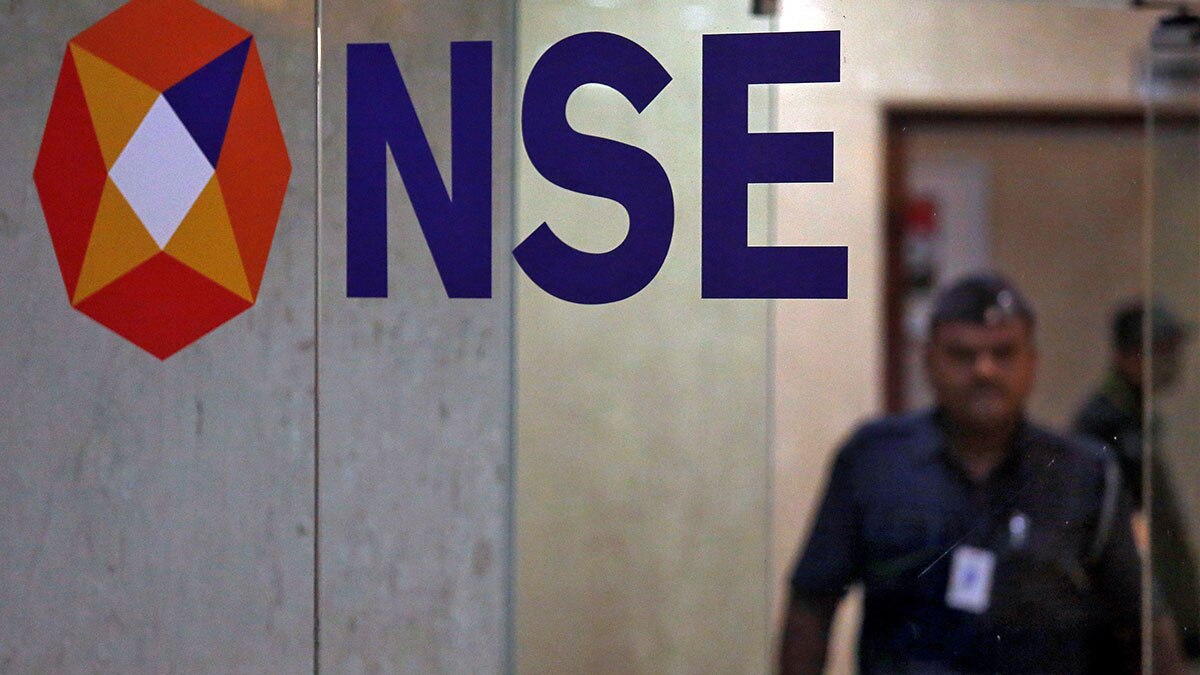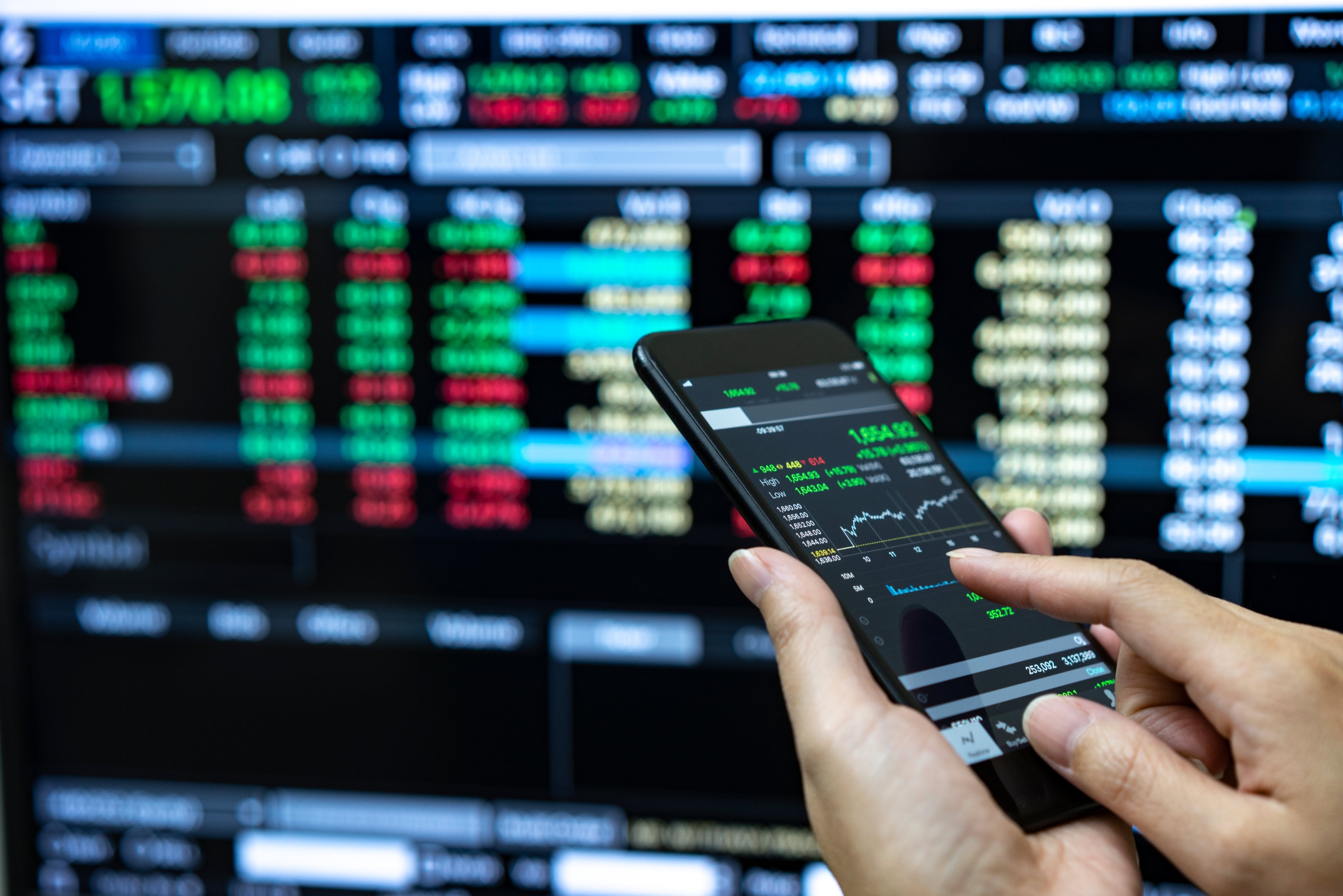3 stocks put under F&O ban on NSE. What is a F&O ban?

NSE imposed 3 stocks under 'F&O ban'. (Photo: Reuters)
A F&O ban is a ban levied on the 'Futures and Options' segment of the stocks when the stocks become extremely speculative and risky. Stocks of three companies ie Delta Corp, Indiabulls Housing Finance and India Cements have been put under a 'F&O ban' from October 18, 2022, by the National Stock Exchange (NSE) since the trading limit crossed certain criteria.
What is F&O ban? You may have heard of the term 'F&O ban' in the news when certain popular stocks fell under this particular category. F&O bans generally create a certain sense of helplessness among traders because once 'F&O bans' are imposed, traders cannot trade in Futures and Options of these stocks for the next few days. Though F&O traders feel the pinch of this ban heavily, those who trade in normal equity shares of these companies, do not feel the burden in any way.

Why is there an F&O ban? This bans traders from trading in 'Futures and Options' of particularly speculative stocks and attempts to prevent excessive speculative activity in those stocks.
How is it triggered? The stock exchange imposes an F&O ban when the aggregate open interest of a stock crosses 95% of the market-wide position limit (MWPL). Here's what it means:
- Say a company has total shares worth Rs 1000 crore out of which 3 promoters hold Rs 600 crore worth of shares. This Rs 1000 crore is Total Market Capitalisation.
- The balance Rs 400 crore worth of shares that are trading among shareholders on the stock exchange is called ''Free Float Market Capitalisation''.
- If you calculate 20% of this Free Float Market Capitalisation, this is called Market Wide Position Limit. In this case, our MWPL is Rs 80 crore.
- When Futures and Options trading takes place in a trading session and the total value of the trade in the stock (of Futures and Options combined) crosses 95% of MWPL in a day, ie. it crosses Rs 76 crores in a day, the exchange will announce an F&O ban by the end of the day.
- The ban is imposed at the end of the day, not when the trading crosses the 95% criteria. So it is possible that by the end of the day, the trading has already crossed the range of 100- 110% of the MWPL.

What happens when the ban is imposed:
- The exchange then imposes an F&O ban after which traders cannot take fresh positions in the Futures and Options of these stocks. But the existing positions can be squared off even when the stock is put under an F&O ban.
- The ban is lifted when the trading levels drop from their existing levels and fall below 80%.
- Trading is usually banned during the period when the 'F&O ban' is levied. But in case people do trade, a fine is levied. If you trade in 1 lot in Futures or Options of the banned stock, the penalty is 1% of the value of the contract or Rs 5000, whichever is higher. The maximum penalty per day is capped at Rs 100,000.
Why is this distressing for investors? When stocks are imposed under an F&O ban, it can cause huge losses to traders if they are caught unawares. Traders have to then square off their positions at a price that could be unfavorable for them. Though the NSE provides an alert facility on its trading system that allows traders to know when the trading levels exceed the 60% mark, traders still have to be alert after they take positions in such speculative stocks.

